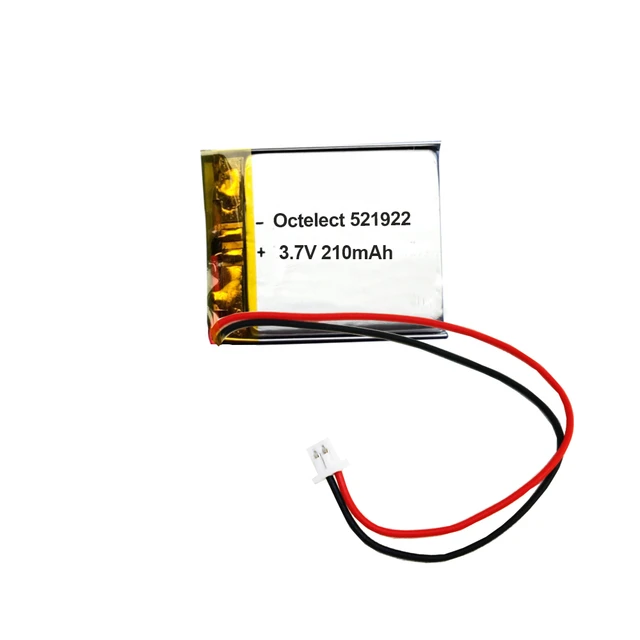 Introduction:
Introduction:
Encountering a “Service Battery Charging System” message on your vehicle’s dashboard can be alarming. However, understanding the possible causes and steps to resolve this issue can help you address the problem and prevent further damage. In this comprehensive guide, we will provide a step-by-step troubleshooting walkthrough for fixing the “Service Battery Charging System” message. By following these easy instructions, you can identify the underlying problem and take the necessary steps to resolve it, ensuring the optimal performance of your vehicle’s charging system.
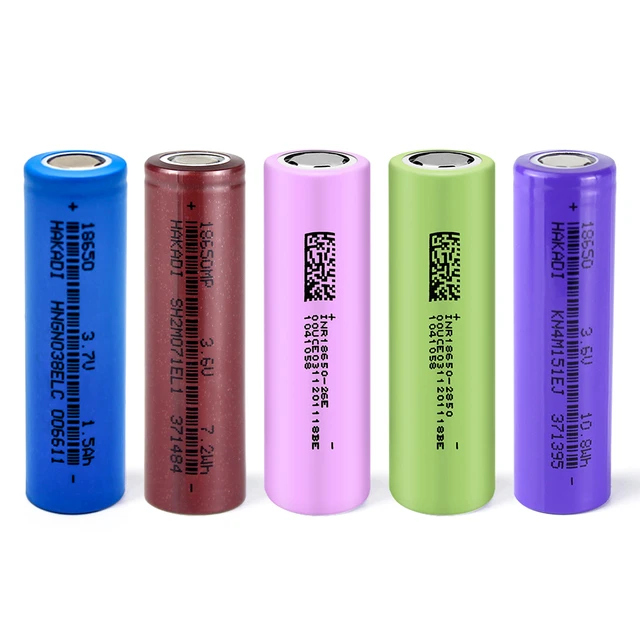 Introduction to “Service Battery Charging System” Message
Introduction to “Service Battery Charging System” Message
The “Service Battery Charging System” message is an indication that there might be an issue with the vehicle’s charging system.
A. Significance of the Charging System:
The charging system is responsible for supplying electrical power to the battery while the engine is running and ensuring that the battery remains charged.
B. Implications of the Message:
The “Service Battery Charging System” message suggests an underlying problem that needs to be addressed promptly to avoid potential battery failure and other electrical issues.
Common indications that a battery is low:
When a battery is running low on power, it exhibits several signs or symptoms that indicate it may need to be replaced. Here are common indications that a battery is low:
Dimming or Flickering:
If the battery powers a device or light source, such as a flashlight or electronic device, you may notice a decrease in brightness or flickering. This indicates that the battery is unable to provide sufficient power to maintain a consistent output.
Sluggish Performance:
When used in electronic devices, a low battery can cause the device to operate slower than usual. You may experience lagging response times, slow loading, or delayed actions. This is because the battery’s reduced power supply affects the device’s overall performance.
Decreased Run-Time:
A low battery tends to lose its charge faster than usual. For example, if a device typically operates for several hours on full battery, you may notice that it drains much more quickly, requiring more frequent recharging or replacement.
Intermittent Operation or Shutdowns:
As the battery level depletes, a device may shut down unexpectedly or exhibit intermittent operation. This occurs as the battery struggles to maintain a stable power supply, resulting in erratic behavior, sudden shutdowns, or a complete inability to power on.
Low Battery Warnings:
Many devices provide visual or audible warnings when the battery is low. This can include a battery icon on the screen, a blinking light indicator, or an audible alarm. These notifications indicate that the battery requires attention or replacement.
It’s worth noting that different battery types and devices may exhibit slightly different signs of battery depletion. Always refer to the specific device’s documentation or instructions for guidance on identifying low battery conditions and recommended actions.
Check the Battery Connections
Loose or corroded battery connections can cause charging system issues.
A. Vehicle Off: Ensure that the vehicle’s engine is turned off before performing any checks.
B. Inspect Battery Terminals: Visually inspect the battery terminals for any signs of corrosion, rust, or loose connections.
C. Cleaning and Tightening: If necessary, clean the battery terminals using a battery terminal cleaner or a mixture of baking soda and water. Then, securely tighten the battery connections using a wrench or pliers.
Check the Drive Belt
A loose or damaged drive belt can affect the charging system’s performance.
A. Visual Inspection: Inspect the drive belt for any signs of wear, fraying, or excessive slack.
B. Belt Tension Adjustment: If the drive belt is loose, refer to the vehicle’s owner manual for instructions on how to properly adjust the belt tension. Follow the specified tension specifications.
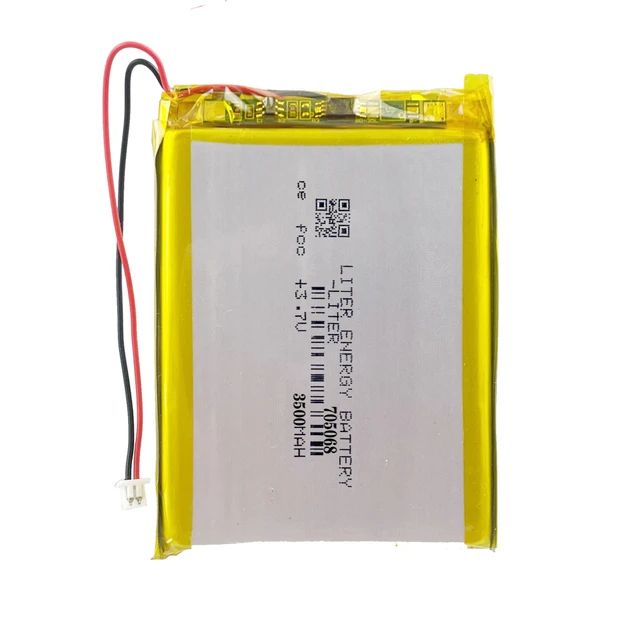 Inspect the Alternator
Inspect the Alternator
The alternator plays a critical role in the charging system.
A. Multimeter Test: Use a multimeter to test the alternator’s output voltage. Connect the multimeter’s positive lead to the positive battery terminal and the negative lead to the negative battery terminal. Start the vehicle’s engine and check the voltage reading on the multimeter. It should be within the manufacturer’s specified range.
B. Visually Inspect Wiring: Inspect the alternator’s wiring harness for any loose or damaged connections. Make sure all wires are securely connected and that there are no loose or exposed wires.
Test the Voltage Regulator
The voltage regulator helps maintain a consistent voltage supply to the battery.
A. Multimeter Test: Use a multimeter to test the voltage regulator’s output. Connect the multimeter’s positive lead to the battery’s positive terminal and the negative lead to the regulator’s output terminal. Start the vehicle’s engine and observe the voltage reading on the multimeter. It should be within the manufacturer’s specified range.
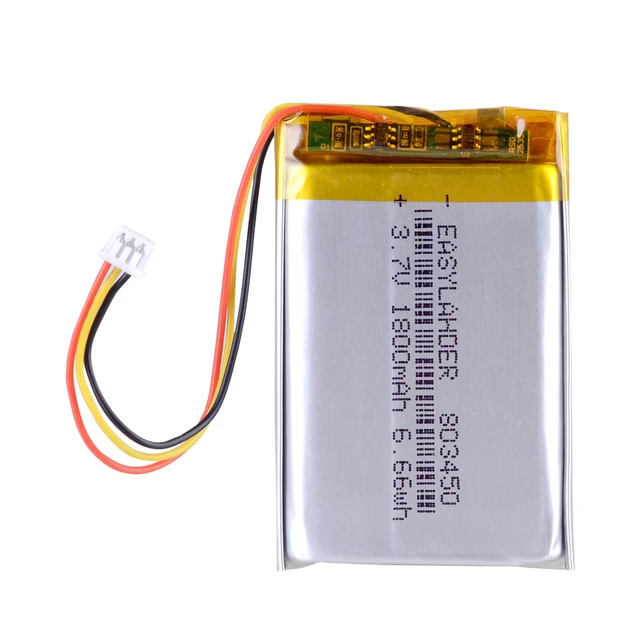 Check the Battery
Check the Battery
A faulty battery can lead to charging system issues.
A. Load Test: Test the battery using a battery load tester or take it to a professional auto shop for a battery load test. This test measures the battery’s capacity and overall health.
B. Battery Voltage Check: Use a multimeter to check the battery’s voltage. A fully charged battery should read around 12.6 volts or above.
Inspect the Fuse and Relay
A blown fuse or faulty relay can disrupt the charging system.
A. Fuse Inspection: Refer to the vehicle’s owner manual to locate the fuse related to the charging system. Inspect the fuse visually to check for signs of damage or if it has blown. Replace a blown fuse with a new one of the same rating.
B. Relay Check: Locate the charging system relay and perform a relay test if necessary. Follow the vehicle’s manual for instructions on testing and replacing the relay if found faulty.
Seek Professional Assistance
If the issue persists after attempting the aforementioned steps, it is advisable to seek professional assistance.
A. Mechanic Consultation: Schedule a visit to a trusted auto repair shop or contact a professional mechanic to diagnose and fix the charging system issue.
B. Diagnostic Equipment: Professional technicians have access to specialized diagnostic tools and equipment to identify and resolve complex charging system problems effectively.
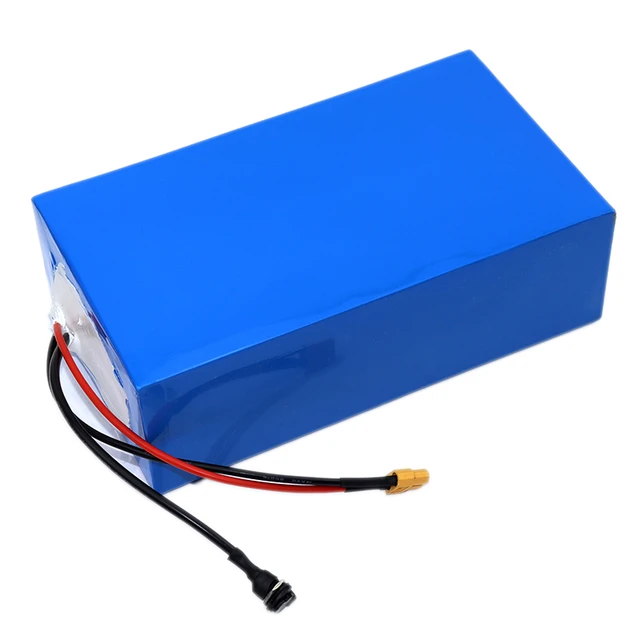 Conclusion
Conclusion
Encountering a “Service Battery Charging System” message can indicate an underlying issue that requires attention. By following the steps outlined in this troubleshooting guide, you can diagnose and possibly fix the problem with the charging system. Regular maintenance and timely repairs help ensure the optimal performance of your vehicle’s charging system, preventing battery failure and potential electrical issues. If the problem persists or appears beyond your capabilities, seek assistance from a professional mechanic to identify and resolve the issue promptly. Safeguard the reliability of your vehicle’s charging system by addressing any “Service Battery Charging System” messages promptly and efficiently.





